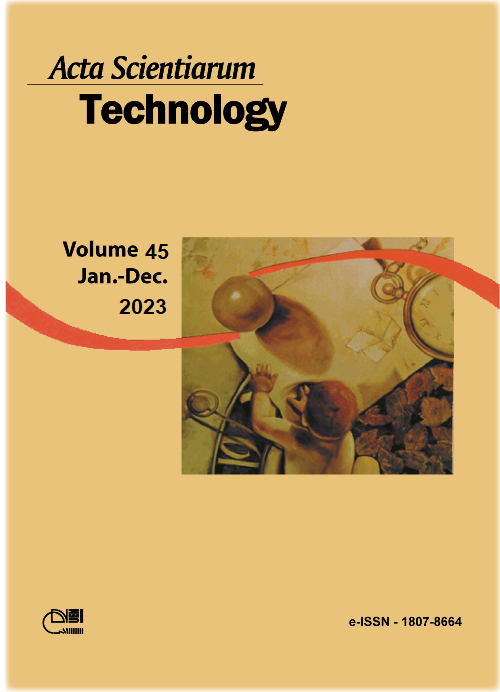Feasibility of the expectation-maximization algorithm for assessing individuals with different sensory perceptions in discrimination of specialty coffees
DOI:
https://doi.org/10.4025/actascitechnol.v45i1.60184Keywords:
mixture of distributions; latent variable; bivariate normal; body; acidity.Abstract
The results of sensory evaluations of coffees are associated with latent factors, such as the particular subjectivity of each individual. Based on the foregoing, assessing the quality of a sensory panel for product discrimination basically depends on the statistical methodology to be used in data analysis. Following this argument, this study aimed to evaluate the feasibility of the EM - Expectation Maximization algorithm in discriminating groups of individuals, characterized by the degree of experience and knowledge in sensory analysis of coffees of different varieties, produced in the Serra da Mantiqueira micro-region, with different processing and altitudes. The main advantage of this algorithm is the fast convergence, when the current solution approaches the optimal solution with high precision. The disadvantage is because it is a deterministic optimization technique, which can only achieve a local optimization depending on the initialization, i.e., initial values input in the iterative procedure. It can be concluded that estimates of the correlation matrices obtained by the EM algorithm showed that the final grade has a greater influence of sweetness, in addition to discriminating groups of consumers with different sensory perceptions and in situations where the number of individuals in each group is unknown, the EM algorithm was accurate in estimating the proportion of individuals belonging to each group, assuming that the correlations of sensory responses follow a bivariate normal distribution.
Downloads
References
Downloads
Published
How to Cite
Issue
Section
License
DECLARATION OF ORIGINALITY AND COPYRIGHTS
I Declare that current article is original and has not been submitted for publication, in part or in whole, to any other national or international journal.
The copyrights belong exclusively to the authors. Published content is licensed under Creative Commons Attribution 4.0 (CC BY 4.0) guidelines, which allows sharing (copy and distribution of the material in any medium or format) and adaptation (remix, transform, and build upon the material) for any purpose, even commercially, under the terms of attribution.
Read this link for further information on how to use CC BY 4.0 properly.



















8.png)




